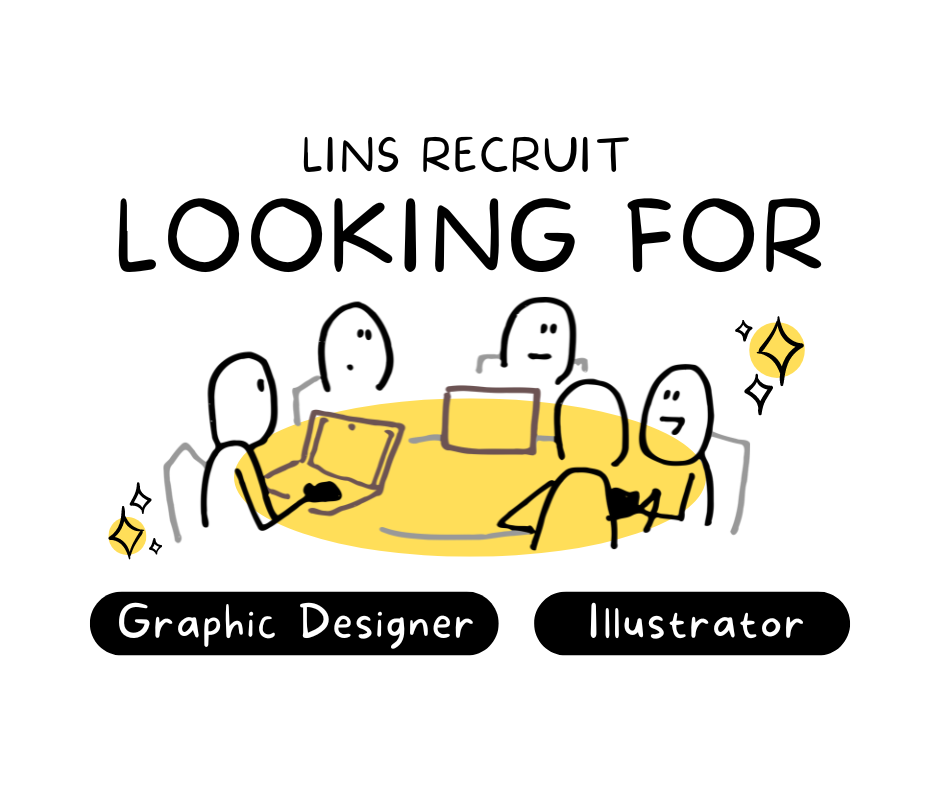After completing a job interview, many candidates feel a sense of relief but are often unsure about the next steps. One crucial step that can significantly impact your chances of securing the position is following up after an interview. In this article, we’ll explore the importance of this practice and share best practices to ensure your follow-up leaves a positive impression.
Why Following Up Matters
1. Demonstrates Interest: A timely follow-up shows that you are genuinely interested in the position and the company. It reinforces your enthusiasm and commitment, distinguishing you from other candidates who may not take this extra step.
2. Reinforces Your Qualifications: Following up allows you to reiterate your key qualifications or points discussed during the interview. This is an opportunity to remind the interviewer why you are the best fit for the role.
3. Builds Relationships: Maintaining communication can help you establish rapport with the interviewer. Building a connection can be beneficial, especially if they have future opportunities that may align with your skills.
4. Clarifies Doubts: If there were any questions or concerns raised during the interview, your follow-up provides a chance to address them. This can further strengthen your candidacy.
Best Practices for Following Up
1. Timing is Key
Aim to send your follow-up email within 24 to 48 hours after the interview. This timing shows your eagerness without appearing overly persistent.
2. Craft a Thoughtful Message
Your follow-up should be concise and professional. Here’s a structure you can follow:
– Subject Line: Keep it straightforward, such as “Thank You for the Opportunity” or “Follow-Up on My Interview.”
– Greeting: Address the interviewer by their name to personalize your message.
– Express Gratitude: Start by thanking them for the opportunity to interview. Mention something specific from the conversation to show your attentiveness.
– Reiterate Interest: Clearly express your continued interest in the position and the company.
– Highlight Qualifications: Briefly mention how your skills and experiences align with the job requirements, referencing any relevant discussion points from the interview.
– Invite Further Communication: Encourage them to reach out if they need any more information.
– Closing: End on a positive note, reiterating your appreciation.
3. Keep It Short and Sweet
Your follow-up email should be no longer than a few paragraphs. Be respectful of the interviewer’s time and keep your message focused.
4. Use a Professional Tone
While it’s important to be friendly, maintain professionalism throughout your email. Avoid casual language and ensure your message is free of typos and grammatical errors.
5. Consider the Medium
While email is the most common method of following up, if you had a more casual or less formal interview setting (like a coffee chat), a handwritten note could add a personal touch.
6. Be Patient
After your follow-up, it’s important to give the hiring team time to make their decision. If you don’t hear back within the timeframe they mentioned, it’s acceptable to send a gentle nudge after a week or two.
Sample Follow-Up Email
Here’s a template you can customize for your follow-up:
—Subject: Thank You for the Opportunity
Dear [Interviewer’s Name],
I hope this message finds you well. I wanted to express my sincere gratitude for the opportunity to interview for the [Job Title] position on [Date]. I enjoyed our discussion about [specific topic discussed] and learning more about [Company Name].I remain very excited about the possibility of joining your team and contributing to [specific project or value discussed]. I believe my experience in [relevant skill or experience] aligns well with the goals of [Company Name].If you need any more information from my side, please feel free to reach out. Thank you once again for the opportunity, and I look forward to the possibility of working together.Best regards,[Your Name] [Your LinkedIn Profile or Contact Information]—
Conclusion
Following up after an interview is not just a courtesy; it’s a strategic move that can enhance your candidacy. By demonstrating your interest, reinforcing your qualifications, and building rapport, you set yourself apart in a competitive job market. Implement these best practices to ensure your follow-up leaves a lasting, positive impression. Good luck!




